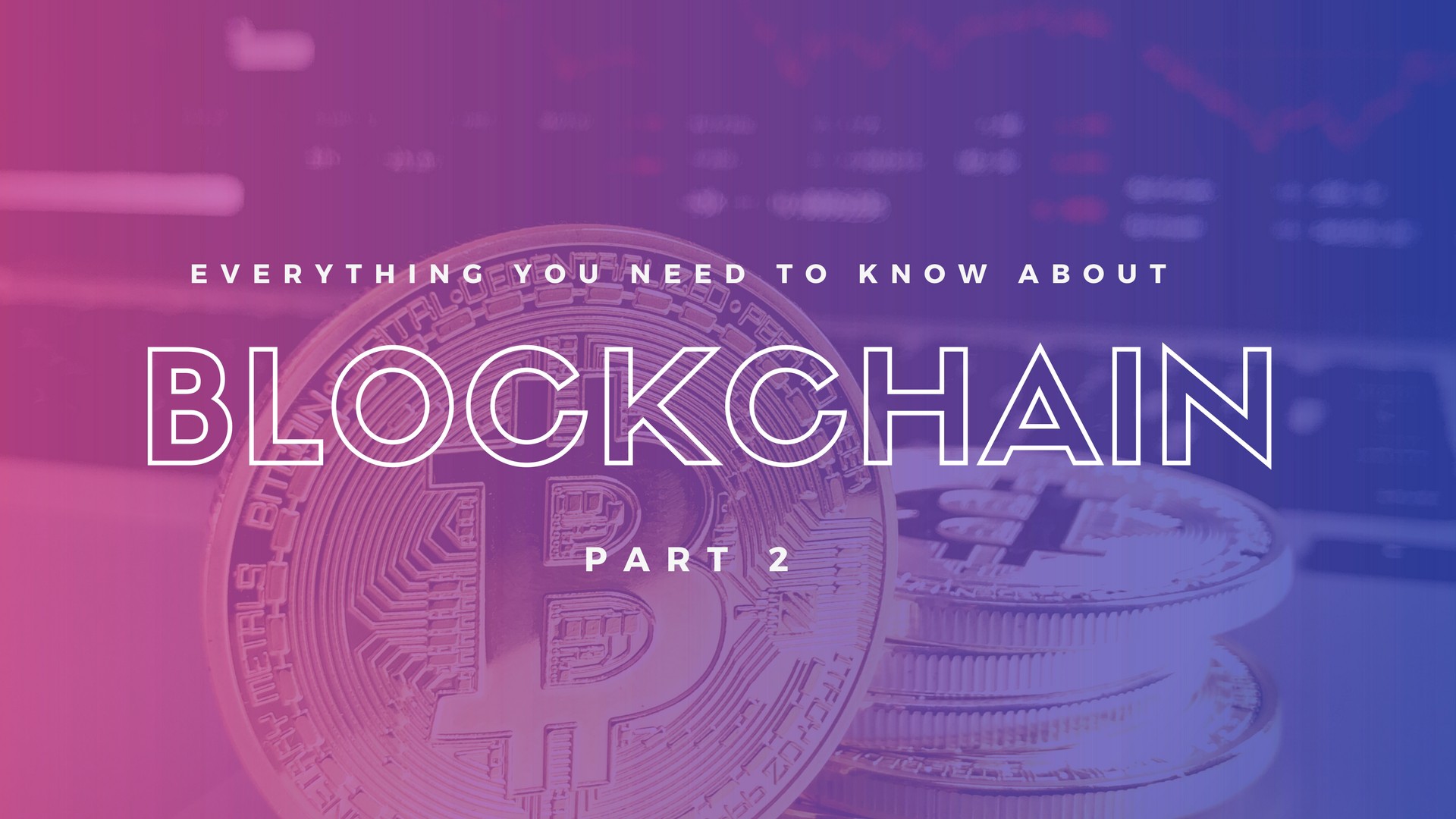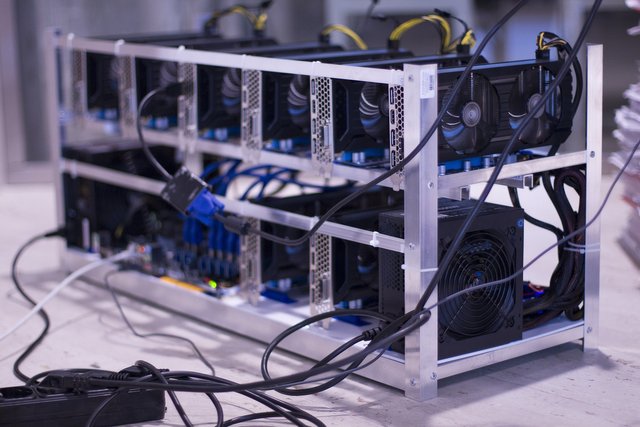
cryptocurrencies like Bitcoin and Ethereum are making headlines because of the unprecedented returns early adopters have been making from their investments in these digital assets. The returns made on these assets are eye-grabbing, but the underlying technology, a distributed digital ledger known as the blockchain, is a lot more intriguing.
The blockchain technology has created the backbone of a new type of internet by allowing digital information to be distributed rather than copied. Originally devised for digital currency, like Bitcoin, the tech community is now discovering other potential uses for the technology.
Why is it so revolutionary?
The sharing economy has already proven to be a success with companies like Uber and Airbnb flourishing. However, currently, users have to rely on an intermediary like Uber when they want to hail a ride-sharing service. The blockchain makes direct interaction between people possible by enabling peer-to-peer payments, allowing for a sharing economy that is genuinely decentralized.
This technology can work for just about every type of transaction involving value, be it goods, money or property. Its potential uses are limitless, from enabling migrants to send money back to family in countries where banking is difficult to collect taxes. Blockchain will also curb fraud since every transaction will be recorded and distributed on a public ledger for anyone to see.
Who is using it?
Theoretically, once the blockchain becomes mainstream, anybody with access to the Net can use it to make transactions. However, according to a survey by the World Economic Forum’s Global Agenda Council, just a tiny percent of the global GDP, about 0.025%, is held by the blockchain currently. But the Forum’s research ascertains that this number will rise significantly in the coming decade, as insurers, banks and tech firms recognize and accept this technology as a way of speeding up settlements and cutting costs.
The Blockchain of Blockchains
The blockchain is still a relatively niche and young technology. The blockchain needs to overcome issues in speed, scalability and most of all, flexibility to see widespread use. The first blockchain to overcome these issues could become dominant. So, which blockchain seems to be the one with the most chance of winning the race?
There are a number of different blockchains out there, and it is an open question as to whether one blockchain will become the dominant blockchain. In Spite of the unprecedented gains discovered in Ethereum and Bitcoin, it could turn out that neither of them can implement the changes in blockchain technology fast enough to turn into the dominant blockchain network.
Now if one blockchain turns dominant, the others then, might just fade away, like with Facebook’s dominance over Orkut and MySpace. That blockchain would become the foundation of how we all transact with one another in the future. Today, the most widely used and popular blockchains, Ethereum and Bitcoin, are struggling with a huge scaling issue. By design, their networks consume more and more amounts of power and while slowly processing transactions. Blockchain networks need to be able to process transactions as fast as credit card transactions, for them to truly scale.
Blockchain’s power consumption problem

The currently popular blockchain networks, including Bitcoin and Ethereum, use a proof-of-work method to verify a transaction as genuine. A huge amount of computational effort is needed to solve puzzles to add a new set of verified transactions or blocks to the network (blockchain). In return for that work or computational effort, the entity that executes the work stands a chance of being awarded additional tokens on the network, ether in the case of Ethereum and bitcoins in the case of Bitcoin.
An entity receives new bitcoins or ether only if it correctly solves the puzzle. Solving these puzzles correctly takes so much computational power that the “miners” don’t have the computing power to try to influence the result of the network to birth the blocks most advantageous to any particular miner. Rather, they have to focus on solving the puzzle as fast as possible to increase the chances of getting the next block and so capturing the network’s reward. It gets more and more difficult and energy intensive to generate the next block, as each new block generates. In practice, this, unfortunately, leads to scaling problems over two dimensions: speed and energy use. The Ethereum and Bitcoin networks together consume more electricity than a few countries like Iceland, Jordan, and Syria.
Further, the puzzles miners need to solve get harder as nodes in the network use more computing power to generate new blocks. This way more and more computing power is consumed by the network. However, no new benefits are generated as miners work harder. The power is being consumed to stop individual miners from influencing the network for their own advantage and recording those transactions that will be most beneficial to any one miner as the next block on the chain. However, the computational power consumed by the network will not generate any independent value.
Proof-of-work system to a roof-of-stake system.
The creator of Ethereum, Vitalik Buterin, has proposed transitioning Ethereum to a proof-of-stake system from a proof-of-work system. In a proof-of-stake system, entities can choose to stake a portion of their tokens in the system on any new block. The block added to the blockchain, is the one with the most stake behind it. The network that chooses to validate the latest block the network adds to the blockchain, is rewarded with network tokens given to a random sampling of nodes. To stand a chance of getting a reward once you’ve validated the genuine block, all participants on the network are persuaded to validate the genuine version of the network. Theoretically, proof-of-stake networks shouldn’t see increasing energy needs as miners compete for cryptocurrency using computational resources, that could make it more scalable. Nevertheless, transitioning from one system to another isn’t a straightforward process.
For Ethereum to move from a proof-of-work system to a proof-of-stake system, the network’s code will have to be updated by a group of Ethereum developers that are centralized. Then the users on the Ethereum network will choose whether they want to continue to use the old version or shift to the newer version of Ethereum. If some decide to use the old version and some the new, then the chain undergoes a split or a hard fork, and both versions of Ethereum are available. The Bitcoin protocol is extremely difficult to change, but this summer, the Bitcoin network became too crowded to process all of the demands on the network. To aid the Bitcoin network’s ability to process further transactions, updating the Bitcoin protocol led to a hard fork and Bitcoin split into Bitcoin Cash and Bitcoin.
So where are we going from here?
Picture all the value captured currently by centralized authorities, from the networks of music rights holder to the banking industry to the judicial system. If it’s possible to share this value with participants from the dominating blockchain, then how much will the tokens underlying the dominant blockchain be worth?
The blockchain is going to become increasingly more normalized as the gold standard for at least, security. However, it will face some challenges as a base for currency. But many big banks today have departments that are specialized in cryptocurrencies. Few are even thinking of building their own private blockchains. A few countries are, too. In fact, some states in the U.S. are reportedly thinking of a pilot scheme involving moving voting onto the blockchain.
There’s still a long way to go. But eventually, bitcoin will become the main source of money. Blockchain will be used to capture identity and secure contracts. It will become so prevalent that we won’t even notice it but use it nevertheless. That could be a long way off. Meanwhile, bitcoin’s value could continue to increase , or it might plummet the day after, sending the market crashing, forcing regulators to react. The future is bright for the blockchain , but getting there might prove to be a bumpy ride.
Hi! I am a robot. I just upvoted you! I found similar content that readers might be interested in:
https://medium.com/digital-product-insights/everything-you-need-to-know-about-blockchain-part-two-e8c3563c6056
Downvoting a post can decrease pending rewards and make it less visible. Common reasons:
Submit
Congratulations @abdallahmezher! You received a personal award!
Click here to view your Board
Downvoting a post can decrease pending rewards and make it less visible. Common reasons:
Submit
Congratulations @abdallahmezher! You received a personal award!
You can view your badges on your Steem Board and compare to others on the Steem Ranking
Vote for @Steemitboard as a witness to get one more award and increased upvotes!
Downvoting a post can decrease pending rewards and make it less visible. Common reasons:
Submit